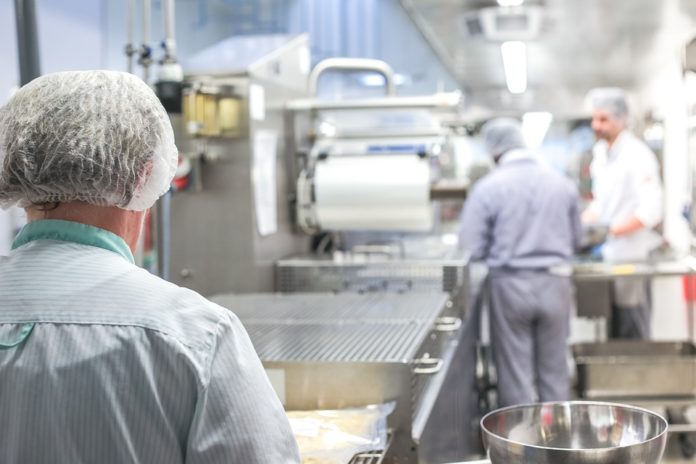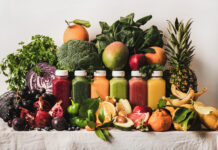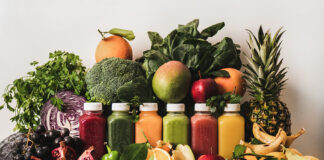
By Claudia Jarrett, US country manager at EU Automation
Could robots lead the fight against contamination in food production lines?
The Centers for Disease Control and Prevention (CDC) reports that around 70% of all foodborne diseases are caused by contaminated individuals. How can food manufacturers better manage the risks that human workers pose to food quality and safety? Here, Claudia Jarrett, US country manager at EU Automation explains how the latest advancements in robotics are integral to preventing cross-contamination in food production.
Food safety should always be a top priority for food producers. The CDC found that each year roughly one out of six Americans get sick, or 48 million people, of which 128,000 are hospitalized and 3,000 die, from foodborne diseases. Therefore, food manufacturers must now prioritize measures to avoid contamination of meat and poultry products and fresh fruits and vegetables.
Contamination can easily be transferred to food from workers, even those following hygiene methods at food plants. Put simply, food workers can easily spread pathogens with their hands, despite wearing gloves. Plus, the shoulder-to-shoulder nature of the work makes cross-contamination more likely to occur while workers process food. In fact, Salmonella and Campylobacter, two bacteria commonly associated with meat and poultry, accounted for 70% of the reported 2019 illnesses analyzed by the CDC.
So, what can food manufacturers do to reduce the likelihood of cross-contamination?
The soft approach
One way is by implementing soft robots. Historically, the adoption of robotic automation has been relatively slow in the food industry, largely due to the variability of the products the sector produces. Food products, especially raw meat, tend to be irregular in shape, slimy, slippery, and delicate, which makes handling difficult for robots.
Meanwhile, conventional robots are usually too strong to handle the most delicate items, which is why most manufacturers still rely on human workers to handle produce. However, with human labor comes the risk of food being contaminated, which is why an alternative is required.
Enter soft robotics. In contrast to robots built from rigid materials, soft robots are built from materials like silicone, the polymer material known for its viscosity and elasticity, and have mechanical properties that resemble those of living tissue. Typically, they have soft pneumatic joints that produce both linear and rotational movements, which are useful with grippers, robotic arms and other mobile robots. Soft robots have proved useful in accomplishing tasks that require increased flexibility and adaptability and help to improve safety when working around humans.
For example, soft robots equipped with gripper end attachments can handle delicate fruits and vegetables without causing damage or waste. A soft robot with an air pressure controlled robotic arm can carefully grasp produce without bruising the food, which would otherwise destine it for the bin.
Online food retailers are already using soft robots to pick food for deliveries. One such company is the US food manufacturer Taylor Farms, which runs an automated warehouse that uses robot pickers to efficiently handle delicate foods.
Way to washdown
Better managing the risks of human contamination on food production lines can reduce the spread of germs. But it’s also important to ensure that the robots themselves don’t contribute towards contamination.
For example, JMP Solutions, a company that provides robots for the food and beverage processing industry, has designed two robots that can wash down an entire workcell, and each other. The robots conduct a thorough washdown at the end of each operating cycle with high-powered water. In addition to eliminating the risk of contamination, these robots also function without electricity to ensure a safer cleaning process.
Robots can play a vital role in ensuring that quality and safety of food produce remains a top priority for manufacturers. Not only can robots augment the jobs of human workers, they could also greatly support efforts to manage cross-contamination on the production line — and perhaps even help to make the CDC’s 70% figure a thing of the past.
Claudia Jarrett is the US country manager at EU Automation. EU Automation stocks and sells new, used, refurbished, and obsolete industrial automation spares. Its global network of preferred partner warehouses, and wholly owned distribution centers, enables it to offer a unique service within the automation industry, spanning the entire globe. It provides worldwide express delivery on all products meaning it can supply any part, to any destination, at very short notice.








